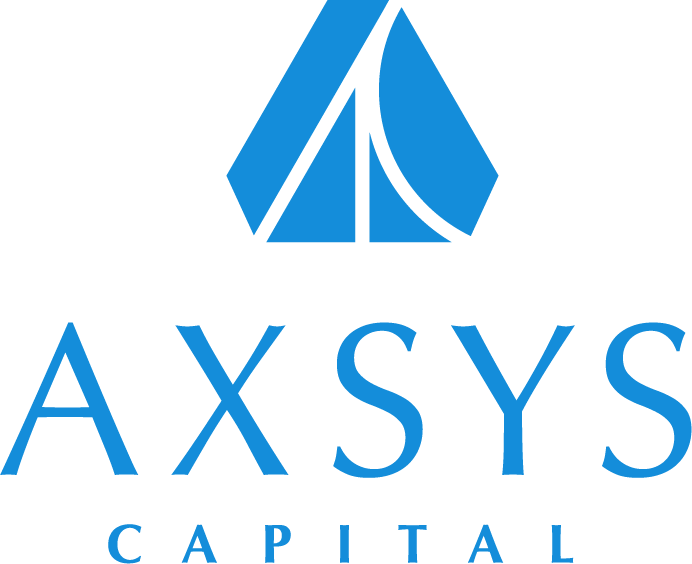By David Meggs, CEO, AXSYS Capital
In the world of investing, diversification is often hailed as a key strategy for managing risk and optimizing returns. While traditional investment avenues such as stocks, bonds, and mutual funds have long been the go-to choices for diversifying a portfolio, there’s a growing trend towards exploring alternative investments. One such avenue gaining traction among investors is medical office buildings (MOBs). Investing in MOBs presents a compelling case for diversification, offering stability and resilience, particularly during stock market corrections.
Understanding Medical Office Buildings (MOBs)
Medical office buildings are commercial properties specifically designed to house medical practices, clinics, outpatient care centers and related healthcare facilities. These buildings serve as essential infrastructure within the healthcare industry, providing spaces for doctors, specialists and other healthcare professionals to deliver on demand patient care services.
MOBs typically feature several advantages that make them attractive investment options:
- Stability and Consistency: Healthcare services are considered essential, which means demand for medical office spaces tends to remain stable regardless of economic conditions. Similarly, we saw that medical offices remained opened during the pandemic. People continue to require medical care even during economic downturns, ensuring a consistent stream of tenants and rental income for MOB investors.
- Long-Term Leases: Medical tenants often sign long-term leases, providing investors with predictable cash flows over extended periods of time. Additionally, healthcare providers tend to invest significantly in outfitting their spaces to meet specific regulatory and technological requirements, which significantly reduces tenant turnover rates.
- Resilience to Technological Disruption: Unlike some sectors susceptible to technological disruption, such as retail, the healthcare industry is relatively insulated from rapid technological changes. While advancements in healthcare technology occur, the need for physical spaces for patient consultations, examinations and treatments remains essential and unchanged.
Hedging Against Stock Market Corrections
During stock market corrections or economic downturns, investors seek refuge in assets that demonstrate resilience and stability. Here’s how investing in MOBs can serve as a smart shield against stock market volatility:
- Defensive Asset Class: MOB investments are considered defensive assets due to their stable income streams and lower correlation with broader market movements. While stock prices may experience sharp declines during market corrections, the demand for healthcare services and, consequently, medical office spaces tends to remain robust.
- Income Generation: MOBs provide a consistent source of rental income, which can act as a buffer against declines in stock market returns. Even if stock prices falter, the rental income from MOBs can help cushion the impact on an investor’s overall portfolio.
- Portfolio Diversification: By allocating a portion of your investment portfolio to MOBs, you diversify your risk exposure across different asset classes. This diversification can help mitigate the overall volatility of your portfolio, reducing the impact of market downturns on your investment returns.
Considerations for Investing in MOBs
While investing in MOBs offers several benefits, it’s essential to conduct thorough due diligence and consider the following factors:
- Location and Market Dynamics: Evaluate the location of the MOB, local demographics, and healthcare market dynamics. Investing in areas with growing populations and strong demand for healthcare services can enhance the long-term viability of the investment.
- Tenant Quality and Lease Terms: Assess the creditworthiness of tenants and the terms of their leases. Long-term leases with reputable healthcare providers can provide greater stability and predictability in rental income.
- Regulatory and Compliance Risks: Understand the regulatory environment governing healthcare facilities and ensure compliance with relevant regulations. Changes in healthcare policies or regulations could impact the operating environment for MOBs.
- Property Management and Maintenance: Consider the expertise of property management teams responsible for maintaining the MOB. Well-maintained properties can attract high-quality tenants and ensure tenant satisfaction.
Diversifying a portion of your investment portfolio to include medical office buildings can serve as a prudent strategy for protecting yourself against stock market corrections. With their stability, long-term leases, and resilience to economic downturns, MOBs offer investors a defensive asset class that can complement traditional investments in stocks and bonds. By carefully evaluating opportunities in the healthcare real estate sector and incorporating MOBs into your investment strategy, you can enhance portfolio resilience and potentially achieve more stable, predictable returns over the long term.

